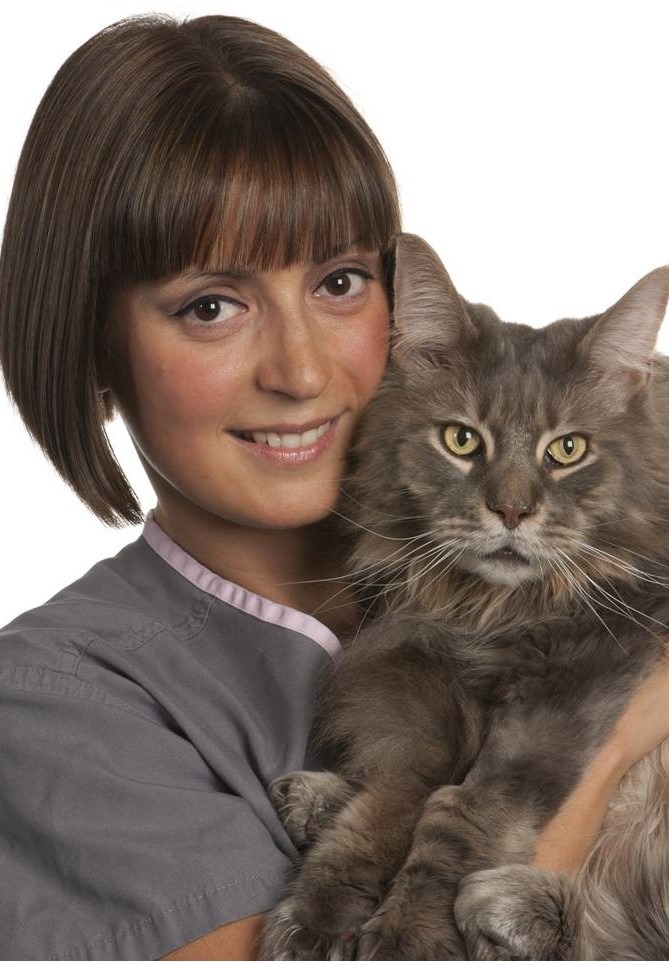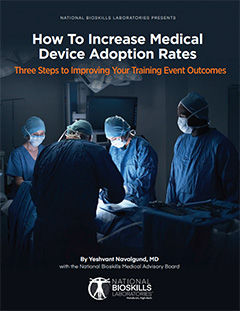Feline Emergency Procedures
2 day class
In this RACE approved CE course, participants will learn the fundamentals of diagnosis and treatment of common feline emergency presentations. Included are feline emergency decision-making for common emergencies including toxicosis, trauma, urinary tract obstruction, and more. Participants will practice placement of thoracostomy tubes, urethral catheters, feeding tubes, techniques for intravenous access, CPR, AFAST/TFAST, and much more. This course is a fast-paced and interactive two days providing many immediately applicable new techniques for feline patients in emergency presentations.
Level - Intermediate
OBJECTIVES
Course Objectives & Outcomes
Feline Emergency Procedures
Identify physical examination parameters and clinicopathologic abnormalities in feline shock.
Recognize indications, prescription plans, and clinical signs related to fluid types, blood products, and transfusion reactions.
Use POCUS to identify effusions and select appropriate tools for centesis.
Formulate sedation plans based on patient stability.
Anesthesia and Analgesia in Feline Emergencies
Identify common anesthesia protocols and pain management techniques.
Apply knowledge of anesthesia and analgesia to emergency situations.
Advanced Cardiopulmonary Resuscitation (CPR) for Cats
Perform chest compressions, administer breaths, and interpret monitoring systems during CPR.
Learn common medications used in CPR and the importance of client communication.
Toxicity Management in Cats
Identify patients requiring decontamination and apply appropriate techniques.
Recognize clinical signs and abnormalities for common feline toxins.
Formulate evidence-based treatment plans for intoxicated patients.
Urethral Obstruction Relief Techniques
Identify at-risk patients and appropriate indications for catheterization.
Formulate stabilization and treatment plans, including timelines for catheter removal.
Feeding and Chest Tube Placement
Identify patients requiring feeding tube placement based on history and examination.
Determine the need for chest tube placement instead of multiple thoracocentesis.
Recognize and choose appropriate feeding tube placements based on patient needs.

























